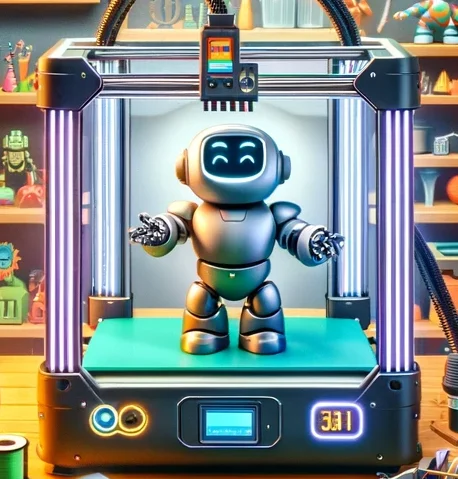Resin printing is an amazing technology, but like any other printing method, it can sometimes produce less than optimal results. If you’ve ever experienced failed prints, layer shifting, or print artifacts, then you know how frustrating it can be. Fortunately, most problems that arise during resin printing can be resolved with a little troubleshooting.
Resin printing has several pros and cons in comparison to traditional 3D printing methods like Fused Deposition Modeling (FDM).
Pros of resin printing:
- Higher resolution and detail: Resin printing can achieve higher levels of detail and resolution due to the liquid resin used in the process.
- Smooth surface finish: The surface finish of resin prints is generally smoother compared to FDM prints, as resin is cured in a liquid bath.
- Ability to print complex shapes: Resin printing can print intricate and complex shapes with overhangs and internal cavities, which may not be possible with FDM printing.
- Good for small parts: Resin printing is suitable for small parts, as it can print very fine details and small features with high accuracy.
Cons of resin printing:
- More expensive: Resin printing is generally more expensive than FDM printing, as the resin material is more costly and requires more specialized equipment.
- Smaller print volume: Resin printers typically have smaller build volumes compared to FDM printers.
- More messy and odorous: The liquid resin used in the printing process can be messy and emit strong odors, requiring proper ventilation and safety precautions.
- Longer printing times: Resin printing can take longer than FDM printing due to the layer-by-layer curing process.
Overall, resin printing may be more suitable for applications that require high levels of detail and intricate shapes, while FDM printing may be more cost-effective and practical for larger prints and functional parts.
One of the most common issues with resin printing is failed prints. This can occur when the printer is not properly leveled, the resin is too old, or the printing settings are incorrect. To troubleshoot failed prints, start by checking the printer bed leveling and the resin’s age. If those are not the problem, then adjust the printing settings accordingly.
Layer shifting is another common issue with resin printing. This can happen when the build platform or the resin tank is not properly secured, causing it to shift during the printing process. To avoid layer shifting, ensure that the build platform and resin tank are properly secured before starting a print.
Print artifacts, such as rough surfaces, visible layer lines, or distortion, can also occur during resin printing. To troubleshoot print artifacts, start by examining the printer’s settings and adjust them as needed. Additionally, post-processing techniques, such as sanding or painting, can help smooth out rough surfaces or hide visible layer lines.
In conclusion, troubleshooting resin prints is an essential part of the printing process. By taking the time to understand common issues and how to fix them, you can ensure that your resin prints come out perfectly every time. With a little patience and practice, you’ll be able to create stunning resin prints with ease.

